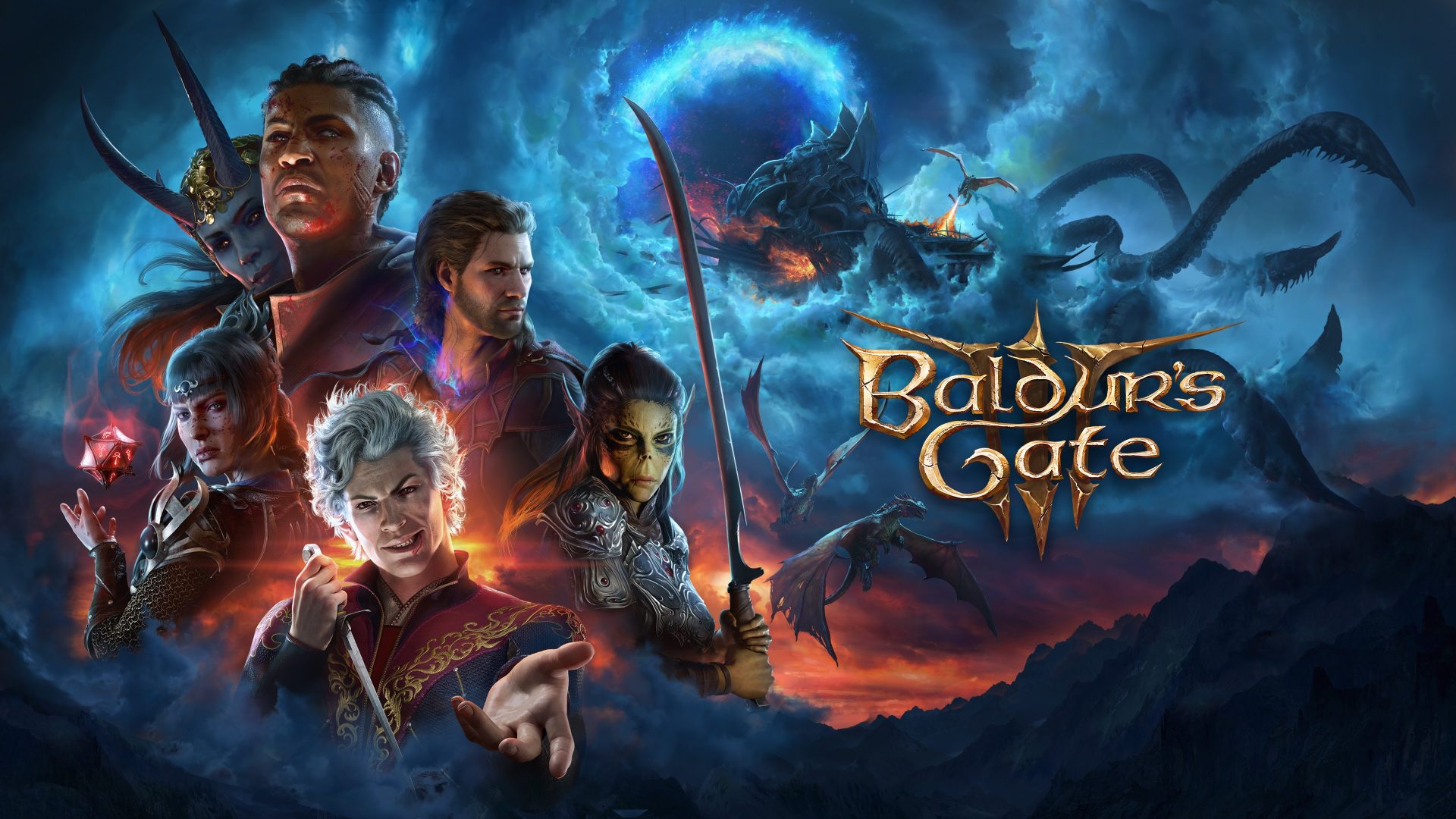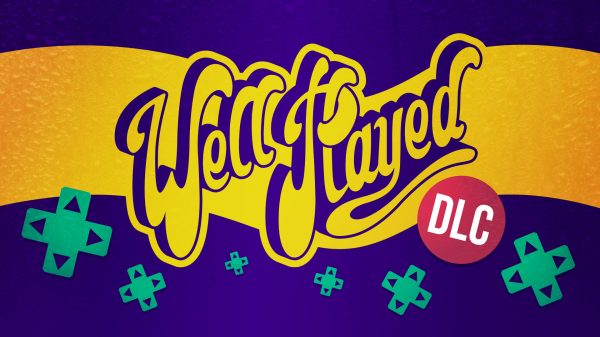RPGs are freaking cool. In an era where the term ‘RPG’ has been sullied by the likes of Horizon Zero Dawn/Forbidden West and the newer Assassin’s Creed titles *glares threateningly at Valhalla*, it is quite difficult to find games and developers that truly understand what it means for a game to be an RPG. It’s not just an open world, it’s not just stat systems, but it’s about how your character fits into the world and how they interact with that world’s inhabitants. The Legend of Zelda: Tears of the Kingdom had a great understanding of how the player character should fit into the world and demonstrated that levelling and stats can sometimes be superfluous. Larian Studios is a developer that has a very deep understanding of the genre, and its most recent release in Baldur’s Gate 3 is nothing short of a masterful demonstration of the team’s proficiency in developing RPGs.
Kicking things off, Baldur’s Gate 3 immediately throws you into the deep end. Starting you in the middle of a crisis, you wake up aboard a Mindflayer (squid face) ship that is under attack from what appears to be a Githyanki Army and some Dragons. Amid the chaos a Mindflayer has put a Mindflayer Tadpole inside your head. This is obviously bad news as this is a ticking time bomb with the eventuality of you transforming into a Mindflayer looming on the horizon. Push comes to shove and the ship crashes on the shores of the Sword Coast, and you are left to your own devices with the goal of finding a cure for this affliction.
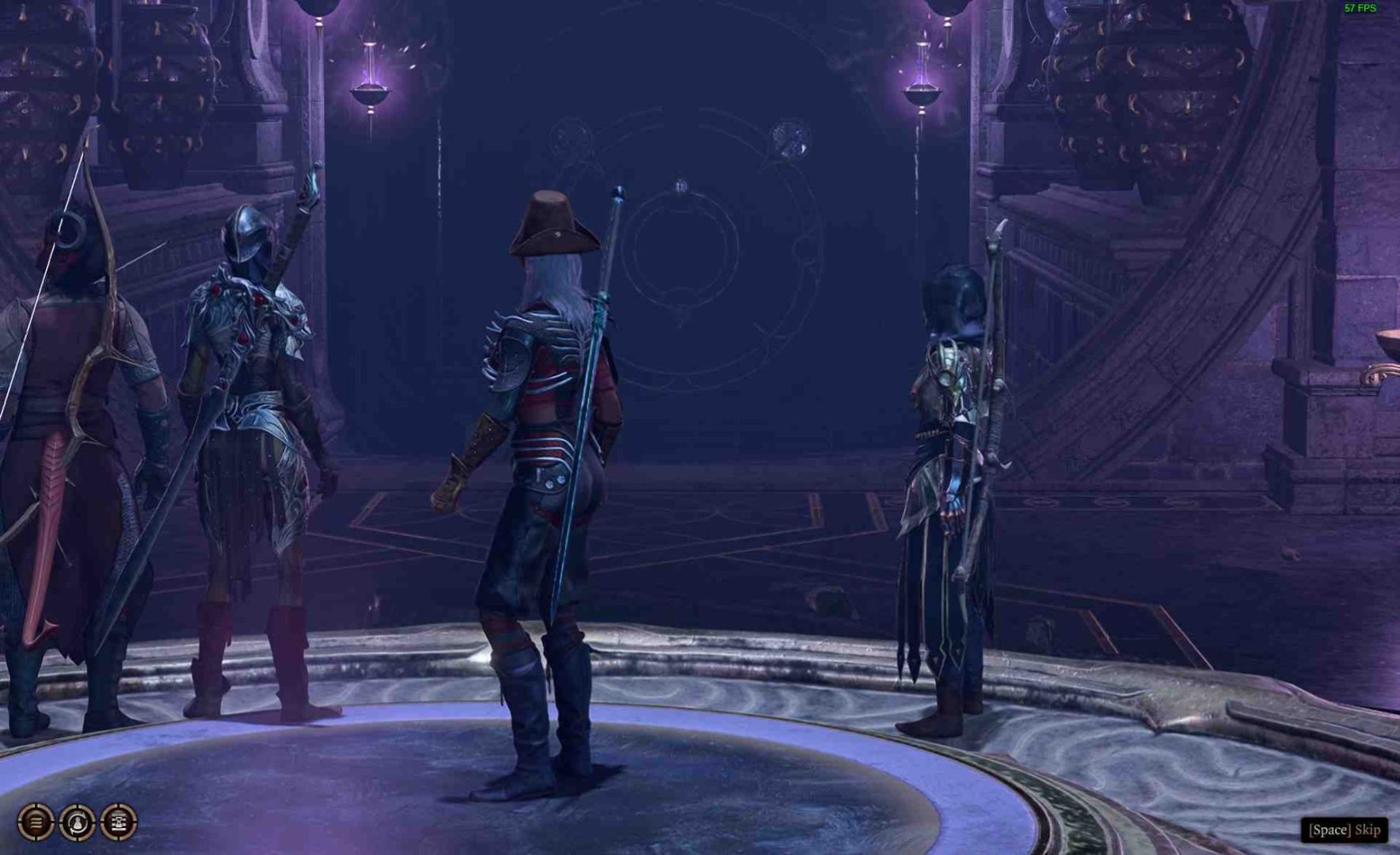
Even before you ‘land,’ the game introduces you to some of its delightful cast and gets you to grips with how characters interact with one another. The ebb and flow of the inter-character dialogue, how it is presented to the player both directly and indirectly, are on display here. It is great that the game so quickly yet organically introduces you to such an integral part of the Baldur’s Gate 3 experience – the characters and their personalities are just as vital to the experience as your direct actions.
There is a wide and diverse roster of characters that you can meet and recruit in your travels across Faerûn and you can choose who actually joins your party and who waits as backup in your camp. You have your snarky Elf Lady, your charming Wizard, and even a regal man whose tone and stare are riddled with lust – there is someone for virtually everyone. What’s great about these characters is just how unique they are, and how there’s a constant tug of war when you try to make decisions that may or may not please your party members.
Making the correct decisions to win favour with your party members brings a level of nuance to RPGs and the connections that people make with the characters within them, which we have not seen properly since the likes of the original Mass Effect trilogy. The Witcher 3: Wild Hunt made an effort but it never really felt like it was an important part of the game, more just an afterthought – the relationship between the player and the characters was pretty one note. The ease at which each character opens up more to you is varied in the best way possible too. Some will open up without much work, others are a lot tougher to crack. The varied degree to which these characters develop their bond with you makes the connections feel much more organic and genuine. You learn that even the toughest characters have their reasons and motivations, but they are also willing and able to be challenged on their ideals, they just need a nudge in the right direction.
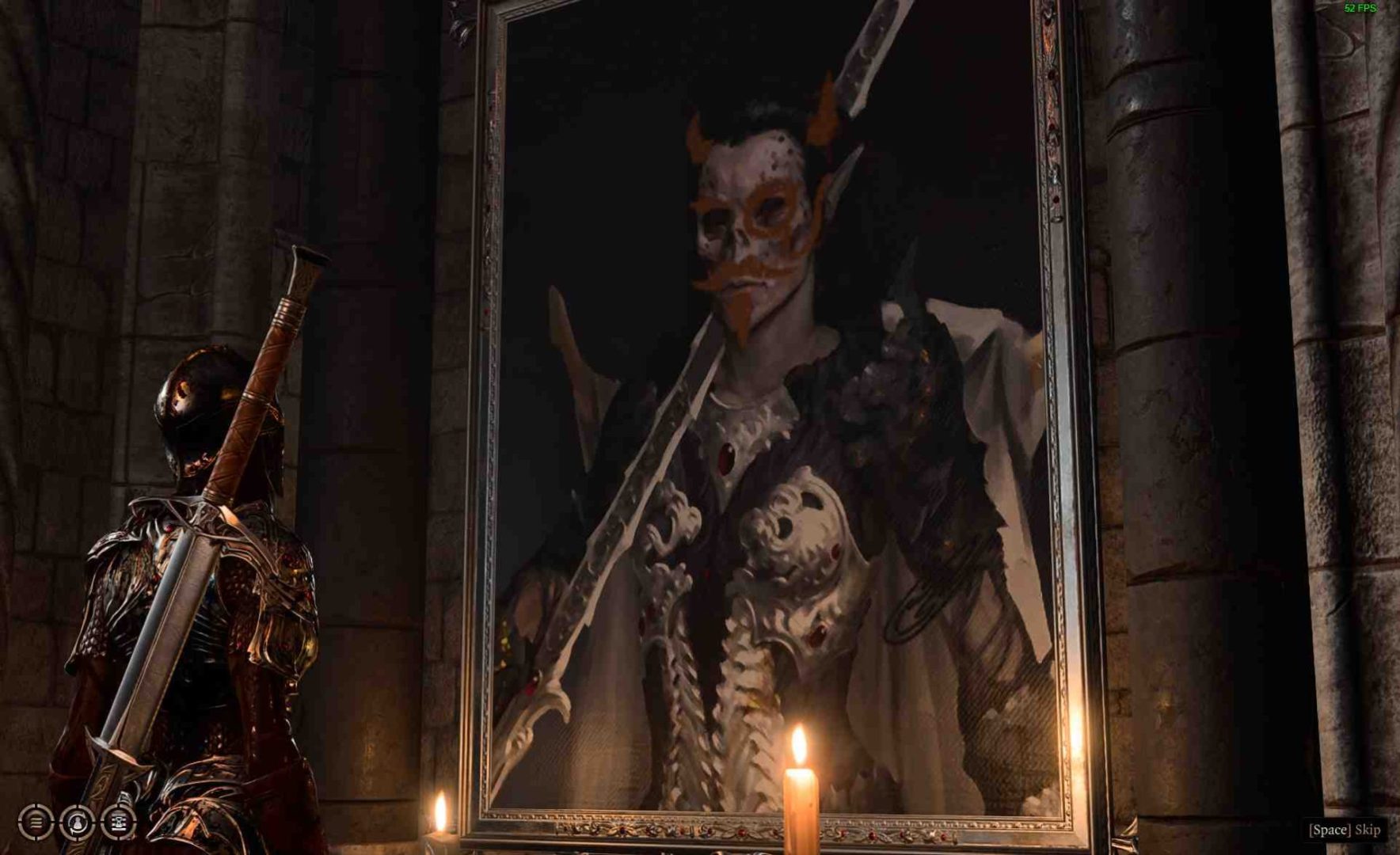
The best part about how these characters and their personalities develop, however, is how it is baked into the game’s story. Without detailing any spoilers, the company that you keep can play a major role in the way the story progresses for the player, as you try and prioritise the needs and desires of your active party which will take you in many different directions. Do you help the chaotically violent Githyanki woman find her people, or do you instead try to help the wizard with his pressing issue? These questions are constantly being asked of the player as the story unfolds and there rarely is a singular right answer. In fact, the answer that is most correct is purely dependent on how you wish your character to be.
If you have played Dungeons & Dragons before, you would be very familiar with the alignment system. For the uninitiated, the alignment system is basically what governs the ethics and morals of your character. Mechanically speaking, there is no such system present within Baldur’s Gate 3, but rather the character’s alignment is written into the character themselves. For instance, the Githyanki character is very much of a Lawful nature, meaning they don’t really care for any sort of moral greyness – everything is very much black and white to them. With this, you can also internally decide how your character is aligned and the game will let you just do it. Want to be the nicest person in existence and help every good and innocent person? Go for it! Do you instead wish to shed blood for the blood god? Do it, my child. Slay anything and everything, leave nothing but death and destruction in your wake. Your GOD THIRSTS FOR THE BLOOD OF THE LIVI- ergh…sorry, that happens sometimes. The freedom of choice and the ability to face the various consequences of those actions is absolutely phenomenal and truly captures the role-playing part of a role-playing game.
This freedom also extends to the combat in Baldur’s Gate 3. This game is incredibly flexible and each scenario can play out entirely differently. You can stealth through things to avoid combat, you can use the environment to your advantage, dooming enemies to fall to their death or even laying down hazards that can have alternate uses (water being frozen into ice, grease and oil being lit aflame and the like). If you can think of it, the game probably allows it somehow. You can also use the turn-based nature of combat to your benefit. For example, there was one encounter that I really did not enjoy, so I used one character to lock all the enemies in the room into turn-based combat/movement, and then I used my stealth-optimised character to sneak around and trigger something which killed every enemy in the room. Think outside the box and you will find that the game will reward you for doing so.
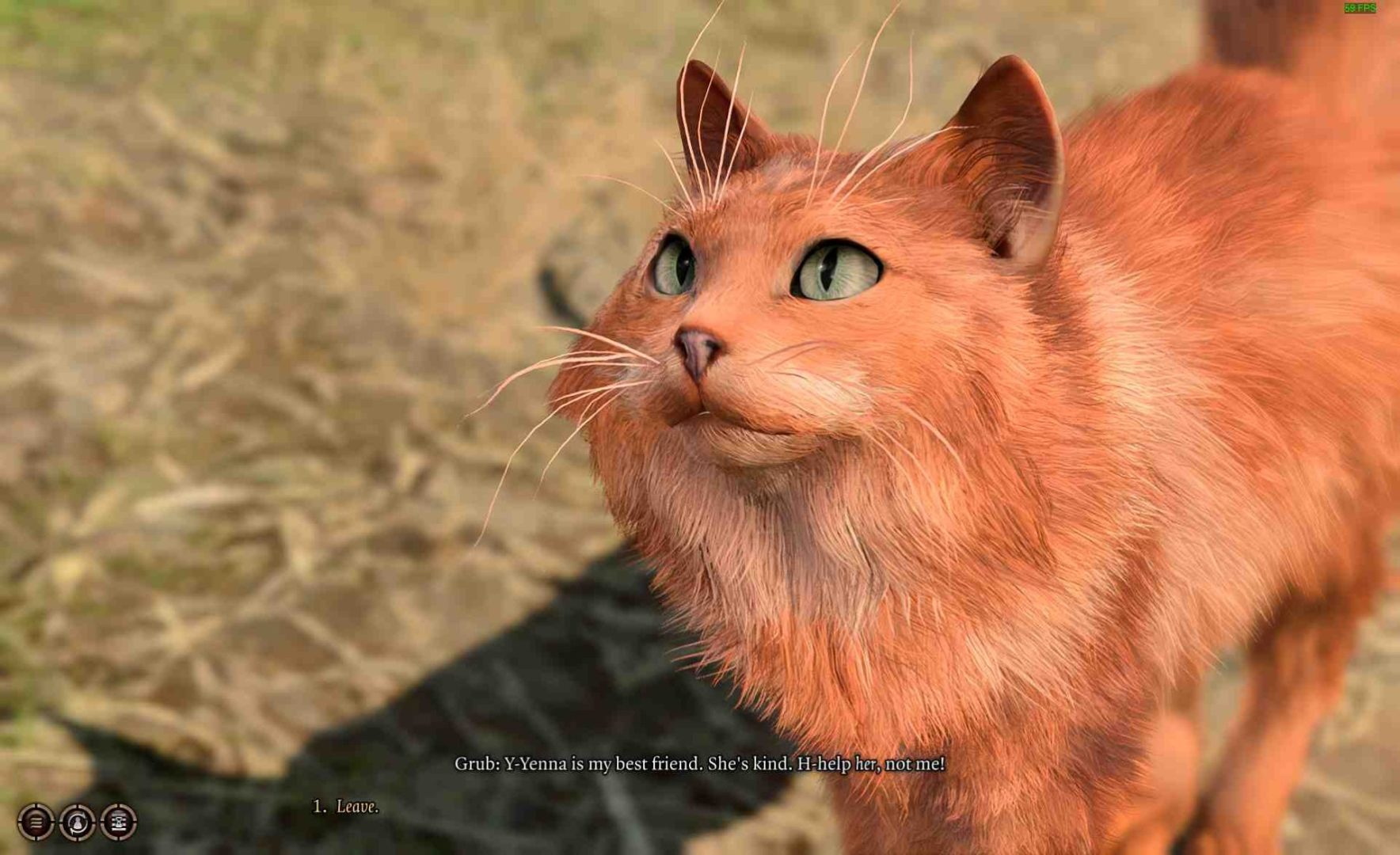
My biggest issue with Divinity: Original Sin 2 (Larian’s previous game) is that the systems and checks were far too easy to manipulate due to the stat-dependent nature of the game. Because Baldur’s Gate 3 makes use of D&D’s dice roll system, it means that skill checks and saving throws are not a guaranteed affair. Even if you have the natural stat for a roll to succeed, rolling a natural one means you still fail (critical failure). On the other end of the spectrum, just because you are not specced for a specific check does not mean you cannot succeed, it just means your likelihood of succeeding is smaller. Of course, if the rolls don’t go your way you can save scum, which there is nothing wrong with doing (enjoy your game however you please), but if you opt to not use that method then a couple of bad (or lucky) rolls can completely change the way the story and events unfold in the game.
Not everything that Baldur’s Gate 3 does succeeds, but the errors are so few and far between that it is honestly ignorable. I did take issue with the aforementioned encounter that I ended up sneaking through, but it also gave me an opportunity to think more creatively and use the game’s set-in-stone mechanics against it. If you do come across this encounter (you will know when you do), I would not blame you for throwing in the towel and just going in a different direction. The other problem the game has is its lack of character re-customisation, but Larian Studios is already working on something to address this. The only real problem you may encounter is a technical one, as sometimes the AI’s turn just hangs for like 30 seconds. This isn’t too bad when it is one or two enemies, but when you have up to 15 AI opponents and they all hang it can be quite frustrating. Additionally, the game can lose in performance in its more densely populated areas, but this is something that can also be addressed and isn’t prohibitive in any capacity.
A small thing I will mention is how the game handles support for both keyboard and mouse and controller. I mostly played the game on my Steam Deck, so a majority of my time was spent engaging with the game using controller inputs. I was surprised to see that Larian put in the effort to have two entirely different sets of UI for both control methods rather than try to make UI that caters to both and ends up being clunky on both. The controller UI isn’t exactly perfect, but it’s a damn good effort that I was not expecting and a good sign for its PS5 release next month.
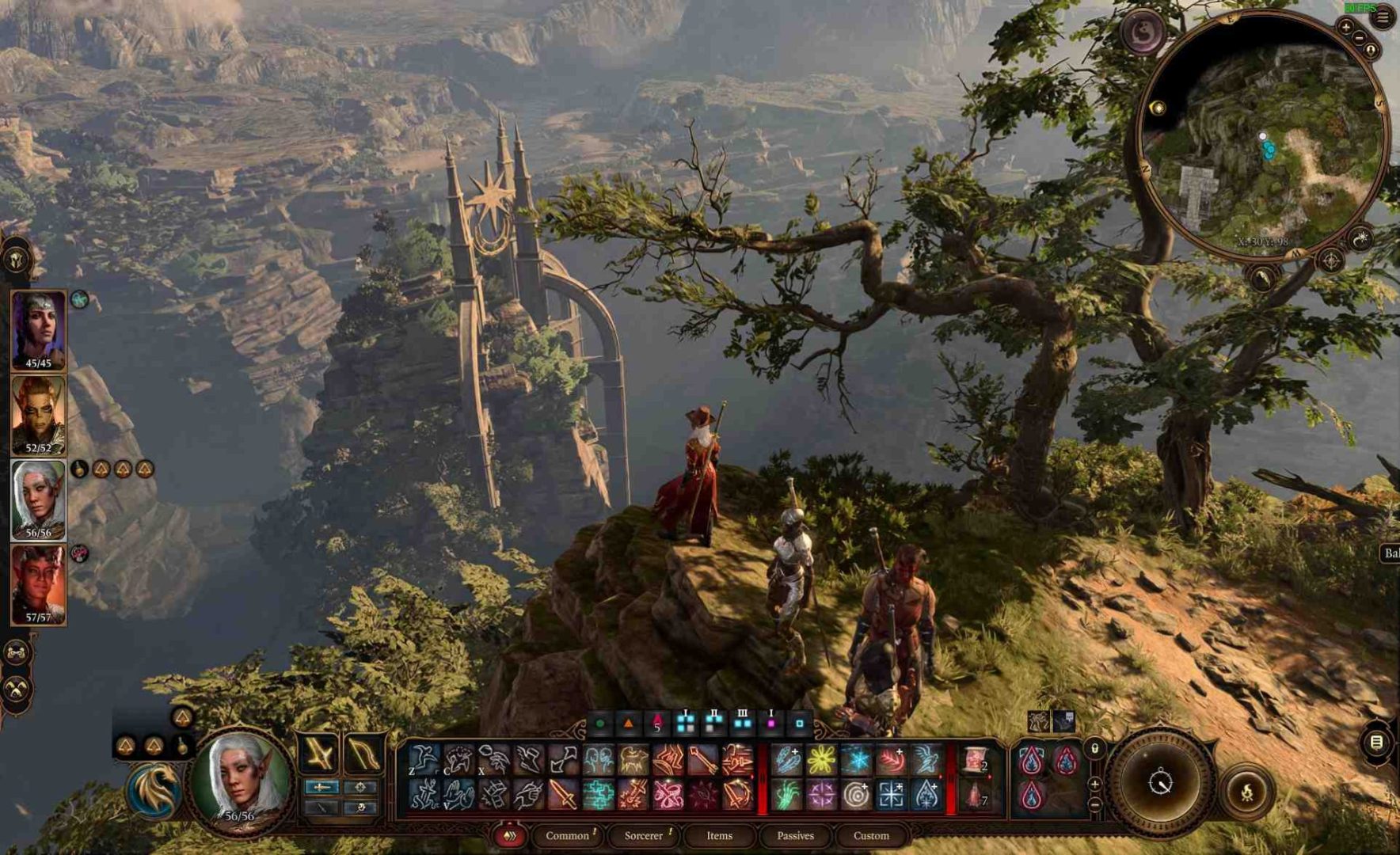
What I wasn’t expecting from Baldur’s Gate 3 was just how good the game looks and sounds. The game is an audiovisual treat. Vast, dense environment teeming with charm, character, and intelligent level design that supports the game’s freedom of choice motif. Everything about the Sword Coast and Faerûn is just such a delight. A personal highlight is the Underdark, which features vibrant colours while also having subdued tones at the same time. The art expertly toes the line of colour usage to ensure atmospheres and environments aren’t devoid of life but can still feel quite foreboding. A personal highlight for this is the main area of Act II. I won’t mention it by name for obvious reasons, but its atmosphere is playfully unsettling. Couple this with the fantastic music that Baldur’s Gate 3 had and you have a recipe for success.
On top of the game looking and sounding great, the voice acting is some of the best that I have heard in a while. Of course, it helps that there is great, believable dialogue to support it, but it caps off an experience that feels like a labour of love in every direction. I’m used to playing Destiny 2 which has not felt like a labour of love for a long time, so playing a game that allows you to feel the love and dedication put into it is just incredible. The narration from Amelia Tyler, Jennifer English’s performance as Shadowheart, Neil Newbon’s performance as Astarion, and even smaller appearances of big names like Matthew Mercer and J.K Simmons bring such life to the world and those who inhabit it.
Final Thoughts
Simply put, Baldur’s Gate 3 is a masterpiece. Larian Studios has done such a phenomenal job at bringing back an IP that has laid dormant since 2000 (2013 if you count the Baldur’s Gate 2 remaster – I, do not) and inadvertently put out a game that spits in the face of contemporary, predatory game design. While I don’t think it will be the new standard of RPGs, I think it stands as an example for aspiring RPG developers that, when given the appropriate amount of time, an RPG does not have to conform to the lifeless norms that the AAA industry has fed us for so many years. Larian, you have truly outdone yourselves, and your work will more than likely stand as one of the greatest achievements in gaming.
Reviewed on PC // Review code supplied by publisher
Click here for more information on WellPlayed’s review policy and ethics

- Larian Studios
- Larian Studios
- PS5 / PC
- August 3, 2023



Jordan lives and breathes Dark Souls, even though his favourite game is Bloodborne. He takes pride in bashing his face on walls and praising the sun. Hailing from the land of tacos, he is the token minority for WellPlayed.





